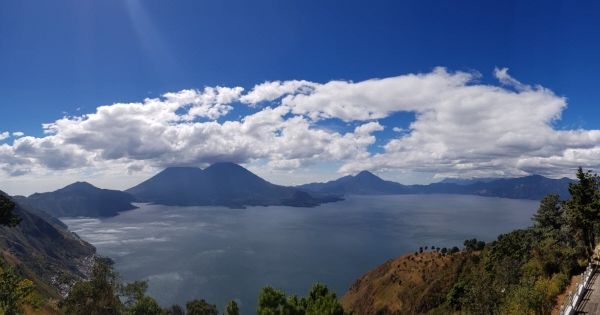The super volcano Los Chocoyos (14.6∘ N, 91.2∘ W) in Guatemala, Central America, erupted about 84,000 years ago, and was one of the largest volcanic events of the last 100,000 years.
Recent petrological data shows that the Los Chocoyos eruption released large amounts of sulphur and ozone-depleting chlorine and bromine gases.
The volcano was part of the well-known Ring of Fire, located like a horseshoe around and in the Pacific. This is an earthquake zone, and here are 75 % of all known volcanoes (both active and dormant). The volcanoes Atitlán and Tolimán followed the Los Chocoyos eruption, and remain active today.
In an eruption, super volcanoes can cause enormous destruction locally, but also have major impacts across the globe due to the huge gas and dust emissions to the atmosphere. And as one research group now shows, give major changes in the atmosphere over several years.
Continue reading at University of Oslo
Image via University of Oslo


